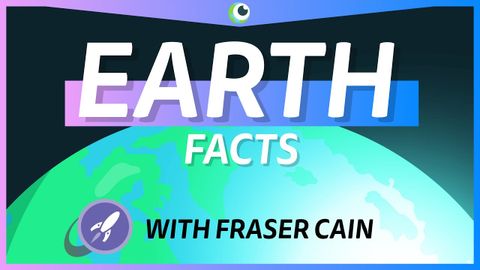
Subtitles & vocabulary
? 10 Fascinating Facts About Earth With FRASER CAIN ?
00
Summer posted on 2021/01/12Save
Video vocabulary
evidence
US /ˈɛvɪdəns/
・
UK /'evɪdəns/
- Uncountable Noun
- Factual proof that helps to establish the truth
- Information presented in court to prove or disprove alleged facts.
- Transitive Verb
- To indicate clearly; to be evidence of.
- To show clearly; prove.
A1TOEIC
More thrive
US /θraɪv/
・
UK /θraɪv/
- Intransitive Verb
- To be or become healthy or successful
- To grow or develop well; to flourish.
B2TOEIC
More acquire
US /əˈkwaɪr/
・
UK /ə'kwaɪə(r)/
- Transitive Verb
- To get or earn something by thinking or working
- To develop or learn a skill, habit, or quality.
A2TOEIC
More script
US /skrɪpt/
・
UK /skrɪpt/
- Noun (Countable/Uncountable)
- Written text of a book, play, film, or speech
- Set of letters or characters of a written language
- Transitive Verb
- To write a text for a movie, play or speech
B1
More Use Energy
Unlock All Vocabulary
Unlock pronunciation, explanations, and filters
